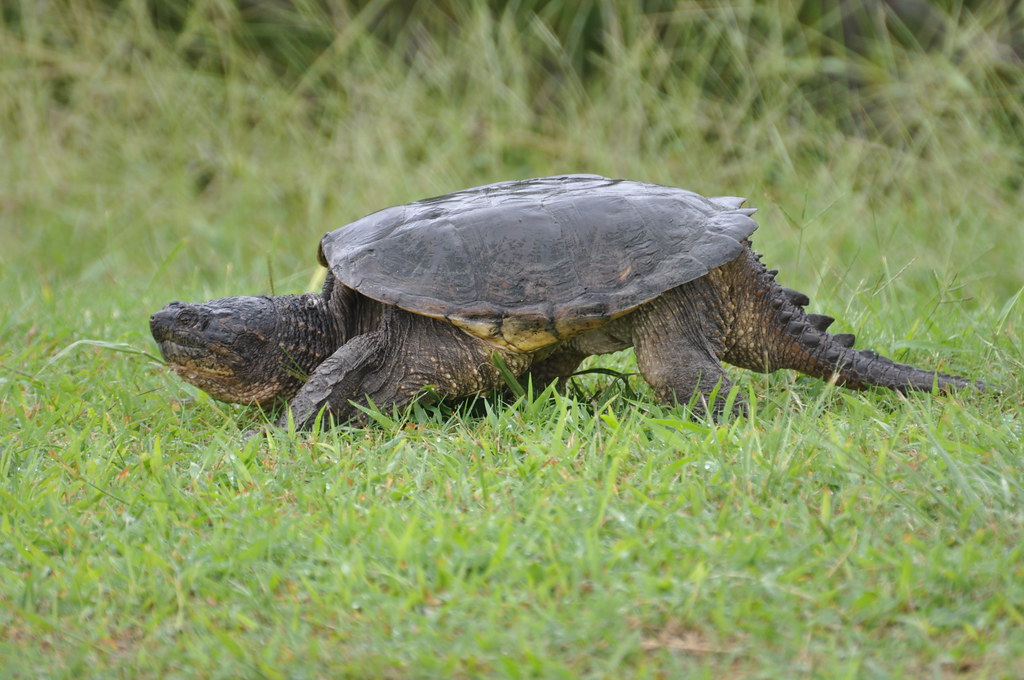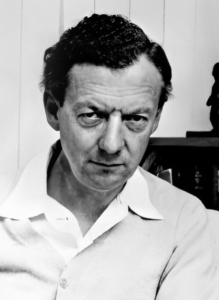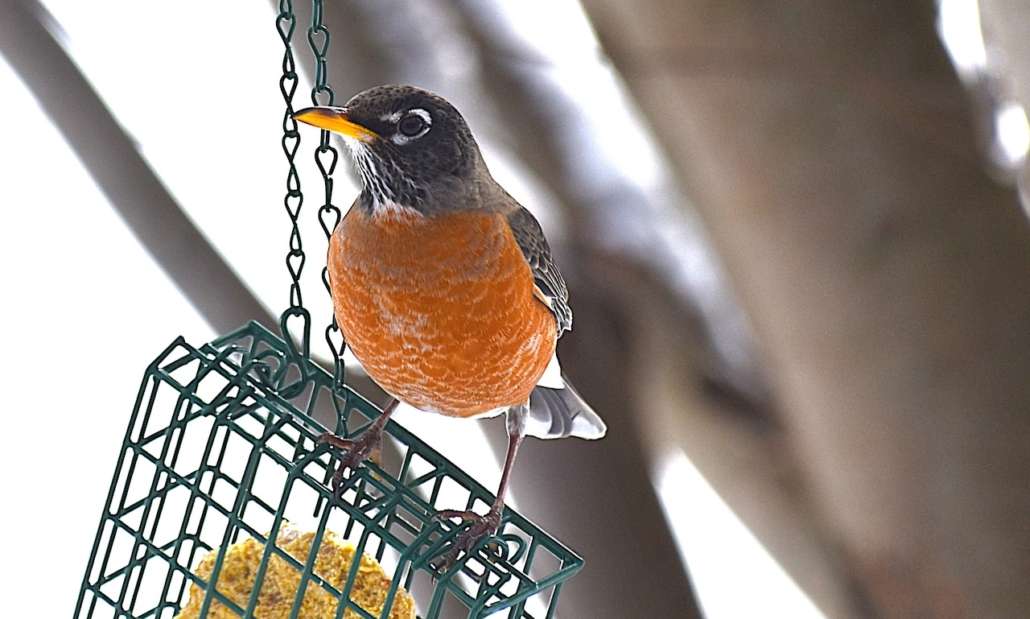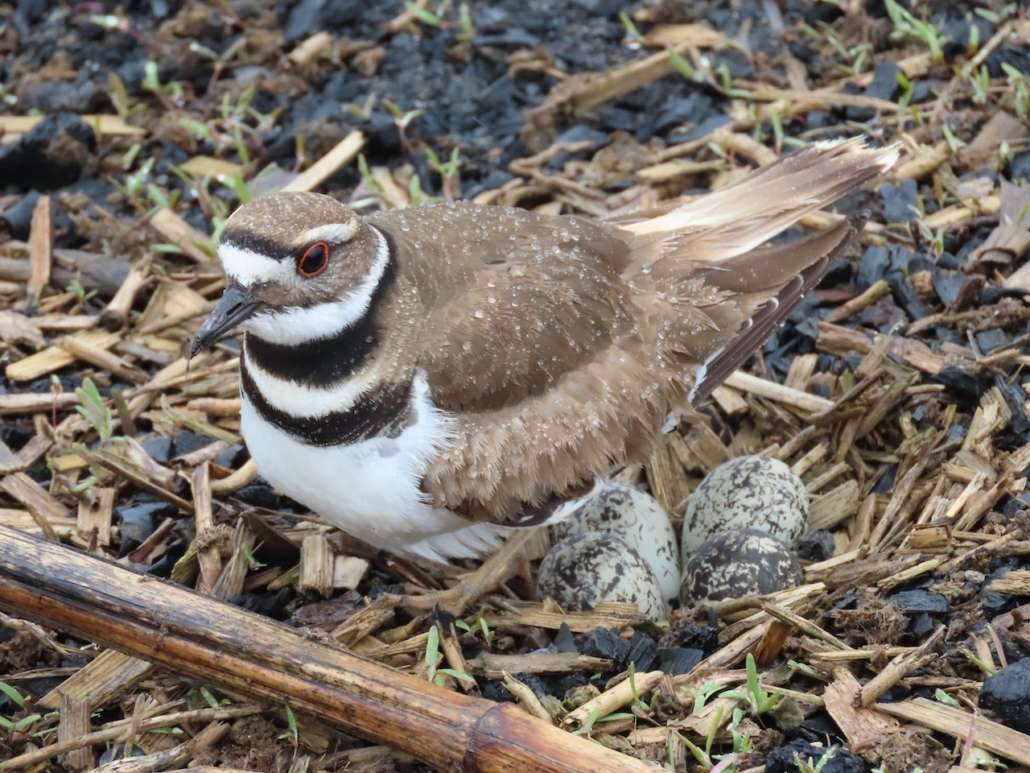
Mountain Lion
Over the last several months I have been receiving emails, doing research and gathering information on the possibility of mountain lions in Maine.
Of course, the first question is “are there mountain lions in Maine?”
Here is an email I received and published in the September 20, 2023 issue of The Town Line:
It came from Brian and Colby Prescott, of Windham:
“Was reading an article you wrote about mountain lions in Maine from a couple years back and thought I’d relay a sighting from the other day, September 1, 2023.
“My son and I were camping at the Bemis Stream Prospect Camp location just north of Byron off Route 17. It’s right where Bemis Road crosses Bemis Stream.
“We were at the first camp site that’s down lower than the road. The brook was high and the water was fairly loud. We were huddling around the Coleman burner to warm up at about 6:30 in the evening, and my son tapped me on the shoulder. I looked up towards the road and sure enough, a mountain lion walked by. It was unmistakable. The size was approximately 150 lbs. It had giant paws and the tail was absolutely enormous. Thick, and it curved down to almost the ground. We were able to view the large cat for only five seconds or so, so unfortunately, no picture. The color was a sandy brown. Needless to say, I was in shock for several seconds. We waited for 20 minutes in the truck before settling into the tent for the night!
“My son and I looked for tracks early the next morning, but only found bear tracks with five claws. We got pictures of the paw print, but pretty sure it was just a bear.
“I met a neighbor from Mooslookmeguntic Lake walking his dog and immediately mentioned the sighting, although I knew the chances of it being nearby were very slim. He was very interested and said he would look for signs of the cat. Meanwhile, we drove over to Devil’s Den to explore that area.
“This person walked by our camp site later in the morning and mentioned he found some scat and was hoping to get it tested to see if it was from a mountain lion. I unfortunately did not think to get his name or number at the time. Needless to say, my son and I were super excited to have experienced the sighting. I never in my 16 years of camping in that area ever experienced anything like that!”
So, are there Mountain Lions in Maine? Maybe, Maybe Not . . .
The short answer is no. According to a-z-animals.com, at one point, in history mountain lions did actually walk the ground in Maine. Luckily for our smaller pets, they no longer have a place here. They are officially listed as extirpated from Maine, and the state’s last known mountain lion died in 1932.
Mountain lions, also called cougars, catamounts or pumas, are large felines that are native to the Americas. They once roamed from coast to coast in the United States, but today they are mostly found in the western states.
Now, that brings us to recent emails.
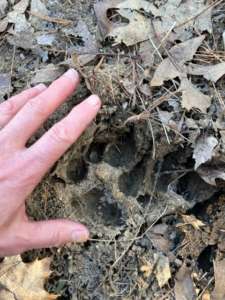
Photo of paw print sent by Donalee Dolan.
Donalee Dolan, of Nobleboro, sent along this note, with photos. “ The scat was on the same property in Nobleboro where I found the track I previously sent picture of. My neighbors have reported seeing the cat. I’m fairly sure I heard it one night around 3 a.m.
I have since been sitting outside at 3 a.m. and heard tramping through the brush and a series of cries that gave me a primordial fear. I slowly went back inside.”
There have been occasional sightings of Maine mountain lions over the years, but it is uncertain whether there is a breeding population in the state.
So, are there mountain lions in Maine? One thing is for sure: if there are any cougars in the state, state wildlife experts contend they are most likely solitary animals that are just passing through.
Several years ago, my son, who lives in a remote area of Rome, told me of seeing a large, buff colored cat, with a long, club-like tail, with a black tip, that dragged on the ground, crossed his driveway from the woods on one side, to more woods on the other.
Credible witnesses with lots of outdoor experience insist on the presence of mountain lions in Maine. So, unfortunately, there is no easy definitive answer, yet. Officially, according to state wildlife experts, there are no mountain lions in Maine. However, there has been at least one official sighting and one Class 2 confirmation of mountain lions in Maine.

Picture of scat sent by Donalee Dolan.
Mountain lions were classified as extinct in the 1920s and 1930s across the eastern states. In Maine, the last official mountain lion was shot by a hunter in 1938.
I have researched this subject many times and keep coming up with the same conclusion. Credible eyewitnesses vs. the state biologists: Which do you want to believe? There are photographs out there, but mostly are pooh-poohed by state “experts”. “Inconclusive photos”, hoaxes or staged. Those are the answers you will get from state officials. And now, with AI, will it ever be certain.
I for one, believe there are mountain lions in Maine because, even though I have never actually sighted one, have seen their tracks in snow and mud, in the northern area of Harrington Lake. Unmistakable, feline prints, the size of my hand. That is not a house cat, and too large to be bobcat or lynx.
But, unofficially, the jury is still out.
So, now, we’ll take a look at another email I received:
Betsy Jackson, of the Toothaker Road, in Phillips, wrote this:
“Tonight about 8 p.m., my son and I saw something cross the road, neither of us knew what it was. We went back and looked where he went in the woods. I had a flashlight and spotted it. It was quite close to us, maybe 15 feet or so, had a very long tail, and was large. It was just sitting there looking at us, then got up and walked away, so I got a good look at him. He looked like a real lion and was quite large. The thing that identified him was his very long tail, which he dragged behind him on the ground. I’m sure this was a mountain lion.”
But state biologist insist there is no known breeding population of mountain lions (also called cougars or pumas) in Maine. While cougars were once native to the state and were extirpated in the late 1800s, there are no established populations currently. However, there have been reports of cougar sightings in Maine, and some people believe there may be a small, dispersing population, according to University of Maine at Presque Isle..
The Canada Lynx is claimed to be the largest feline in Maine and has been listed in Maine as a federally threatened species.
Now, V. Paul Reynolds, of the Northwoods Sporting Journal, wrote in an article:
“As editor of the official magazine for the Maine Department of Inland Fisheries and Wildlife (MDIF&W), the same question was addressed by me in an article that sought to dig deep and find credible answers.
“At the time, despite a number of anecdotal cougar-sighting reports from citizens, state and federal wildlife biologists and research people remained highly skeptical. On one occasion, a Maine Allagash Waterway visitor insisted that he had seen a cougar crossing the waterway. The “witness” had taken what he claimed was solid evidence: a color 35 mm slide. Biologist and wildlife director Ken Elowe agreed to study the image carefully and render a verdict.
“As information officer for MDIF&W I was included in the effort to carefully study the photo of what was claimed to be a mountain lion standing on the banks of the Allagash Waterway. My recollection is that the Department borrowed a special forensics microscopic device from the Maine State Police. Biologists used the device to really zoom in on the mysterious critter. The device also had an enhancement option that brought some induced clarity to the somewhat fuzzy photo.
“The official verdict? Not a lion, a fisher. My further recollection is that the well-intentioned fellow who saw his “cat” and took the photo was not pleased with the official determination, and left in a huff, and like so many others who have reported to have seen the elusive cats, insisted, “ I know what I saw. It sure as hell was not a fisher, it was a cat!”
“Not a lot has changed in 25 years, at least not in terms of empirical evidence or the official positions of Maine and federal wildlife biologists when it comes to the presence of mountain lions or cougars in Maine.
“Two key players from the biologists ranks are Mark McCollough, the endangered species specialist from the U.S. Fish and Wildlife service, in Orland, and Nathan Webb, wildlife director for MDIF&W. Webb’s Department, lists its cougar position in one short sentence on the MDF&W website: ‘No known cougar populations exist in Maine.’”
The big question is, what will we solve first, the presence of mountain lions in Maine or the existence of Sasquatch?
So, are there Mountain Lions in Maine? Officially, no. Unofficially, ??????.
Roland’s trivia question of the week:
Who was the last Boston Red Sox to lead the American League in home runs, Manny Ramirez or David Ortiz?
Answer
David Ortiz hit 54 home runs in 2006. Manny Ramirez led the league in 2004, with 43 home runs.
 by Roland D. Hallee
by Roland D. Hallee

